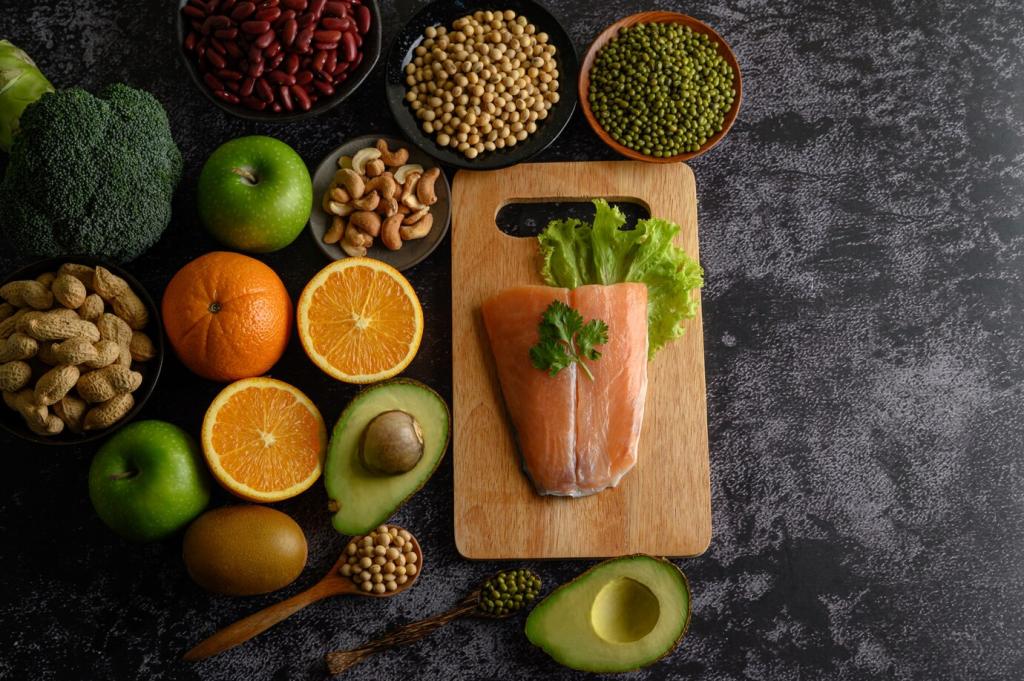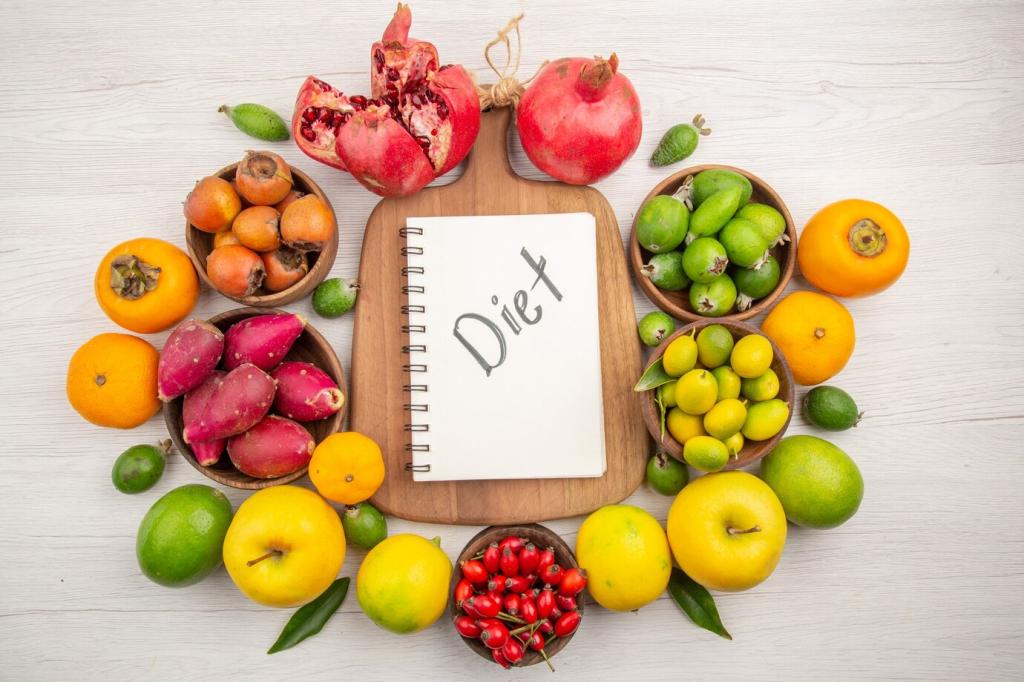
Understanding Carbohydrate Needs for Athletes
Today’s chosen theme: Understanding Carbohydrate Needs for Athletes. Let’s unlock smarter fueling, steadier energy, and stronger finishes with approachable science, relatable stories, and practical tips you can apply to training this week. Join the conversation and subscribe for future athlete-focused insights.



Daily Carb Targets by Training Load
Rest and Light Days: About 3–5 g/kg
On rest or technique days, aim for roughly 3–5 grams per kilogram of body weight. Build plates around vegetables, whole grains, beans, fruit, and dairy. Keep portions aligned with appetite while maintaining consistent energy between meals.
Moderate to Heavy Training: 5–7 or 6–10 g/kg
For moderate sessions or double days, move toward 5–7 g/kg; for heavy, volume-rich stretches, 6–10 g/kg keeps glycogen topped. Distribute across breakfast, lunch, dinner, and pre‑ or post‑training snacks to keep energy steady.
Very Intense or Multi‑Session Days: 8–12 g/kg
If you stack demanding sessions or race stages, consider 8–12 g/kg, using easy‑to‑digest carbs like rice, oats, potatoes, bananas, smoothies, and sports products. Curious how this maps to your training week? Comment with your schedule for tailored examples.

1–4 g/kg, 1–4 Hours Before
Use the simple rule: the more time, the more total carbohydrate. With four hours, larger mixed meals work; with one hour, choose smaller, simpler options like toast with honey or a banana. Practice the timing you’ll use on race day.

Low Fiber, Low Fat, Familiar Foods
Keep pre‑event foods gentle on the gut: white rice, sourdough, pancakes, dried fruit, yogurt, or sports drinks. Avoid big salads, spicy sauces, and high‑fat add‑ons. Consistency reduces surprises when nerves are high and pacing matters.
30–60 g/h, Up to 90 g/h With Dual Sources
For sessions over 60–75 minutes, aim for 30–60 grams of carbs per hour. In very long events, combine glucose and fructose (about 2:1) to push intake toward 90 grams per hour. Pair with fluids and sodium to aid absorption.
Gut Training Is Trainable
Your gut adapts like muscles. Practice race fueling in key workouts to reduce cramps or sloshing. Start low, build gradually, and log what worked. One triathlete trained to 80 grams per hour and finally ran strong off the bike.
Hydration and Temperature Matter
Heat increases carbohydrate oxidation and fluid needs. Use a sip‑schedule, not just thirst cues, to support delivery. If flavors fatigue you, rotate options—gels, chews, drink mix. Tell us which products your stomach trusts when the day gets brutally hot.

1.0–1.2 g/kg in the First Four Hours
After hard or depleting work, target 1.0–1.2 grams per kilogram each hour for the first two to four hours, especially when sessions are close together. Adding 0.2–0.4 g/kg protein supports muscle repair and net glycogen gains.
Real Food or Engineered Options
Rice bowls with lean protein, chocolate milk and fruit, pasta with tomato sauce, or a recovery shake each work. Choose what you’ll actually consume consistently. The best recovery plan is the one you can repeat without dread.
Evening Workouts and Sleep
If you train late, a carb‑rich dinner plus a small snack can restore glycogen and support sleep. Keep heavy fats minimal to avoid reflux. What’s your go‑to late meal that refuels without keeping you awake?
Carbohydrate Periodization Across the Week
Match intake to intention. High‑intensity or long sessions call for high carbohydrate availability; easy spins and drills need less. This approach respects physiology and mental bandwidth, minimizing second‑guessing and maximizing consistency across the training block.
Carbohydrate Periodization Across the Week
Occasional low‑glycogen training may enhance certain adaptations, but risk rises for illness, poor sleep, and compromised power. If you experiment, keep intensity modest, duration controlled, and recovery nutrition aggressive. Advanced strategy, not a daily habit.
Carbohydrate Periodization Across the Week
Try higher carbs the evening before and morning of key workouts, moderate on skills or tempo days, and lower on rest days. Check mood, HRV, and session quality. Comment with your weekly layout and we’ll suggest tweaks to timing.
Different Athletes, Different Needs
Endurance vs. Power Athletes
Endurance athletes rely heavily on sustained carbohydrate delivery, especially in races beyond ninety minutes. Power and team‑sport athletes still benefit from carbs for repeated sprints, quick decisions, and late‑game efforts. The context changes, but the need remains real.


Female Athlete Considerations
Adequate carbohydrate supports hormonal health and training quality. Low energy availability can disrupt cycles and performance. Track symptoms, calibrate intake to workload, and prioritize recovery carbs around hard sessions. Share experiences—what fueling shifts improved your training rhythm?
